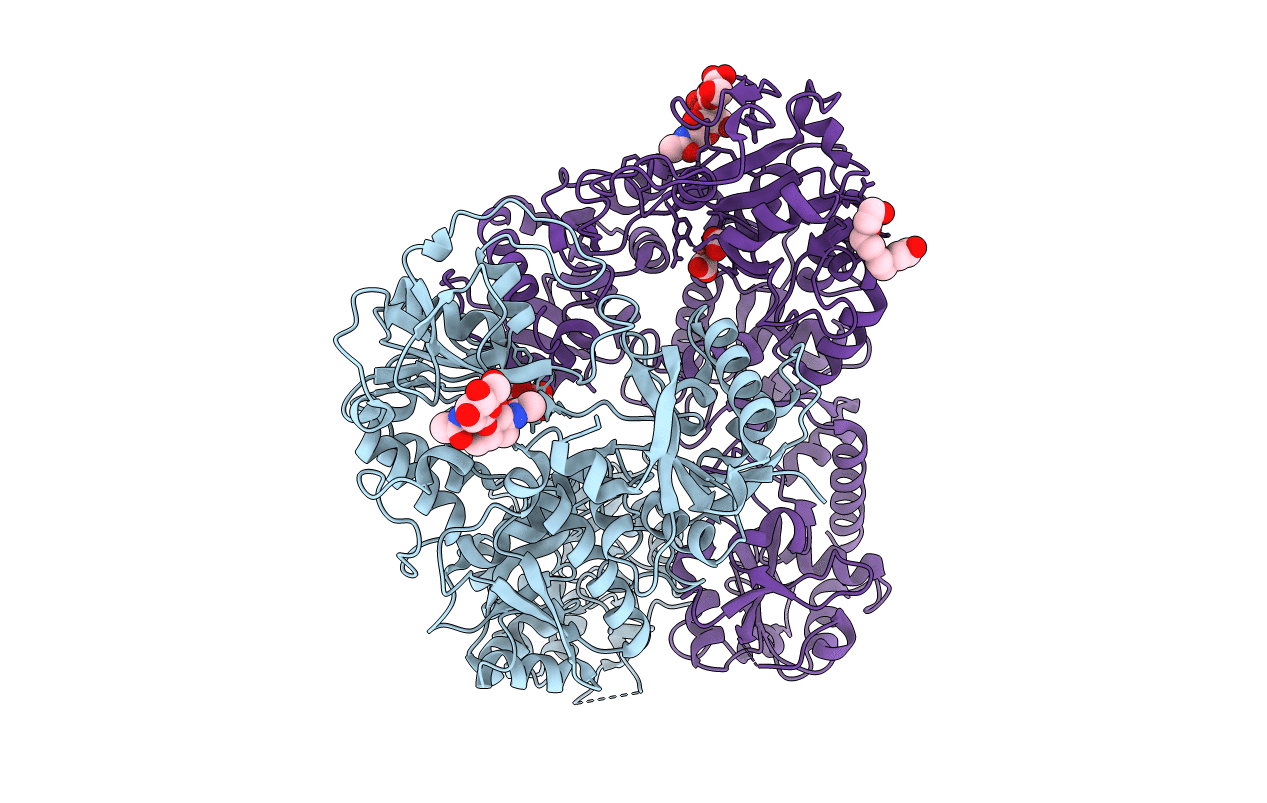
Deposition Date
2020-03-26
Release Date
2020-11-25
Last Version Date
2024-11-13
Entry Detail
PDB ID:
6WB6
Keywords:
Title:
2.05 A resolution structure of transferrin 1 from Manduca sexta
Biological Source:
Source Organism:
Manduca sexta (Taxon ID: 7130)
Method Details:
Experimental Method:
Resolution:
2.05 Å
R-Value Free:
0.27
R-Value Work:
0.20
R-Value Observed:
0.21
Space Group:
P 21 21 21


